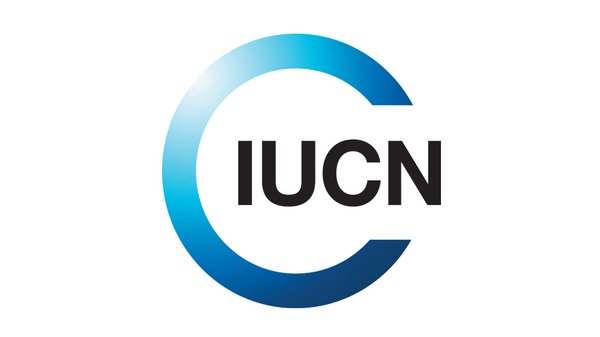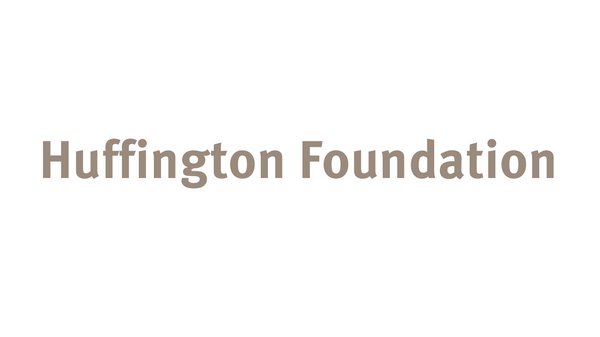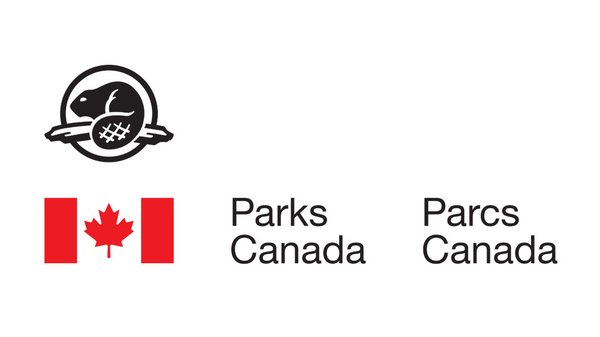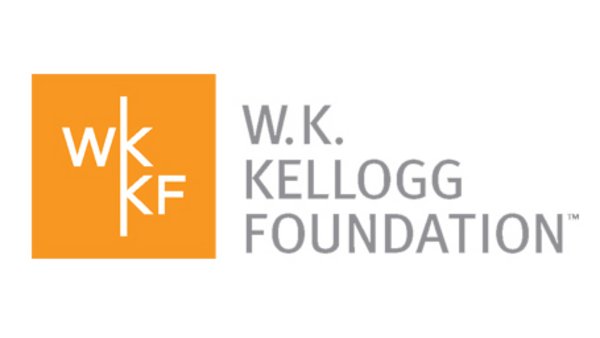-
Topics
backTopicsOur programs create spaces where open-minded leaders can gather for breakthrough conversations on pressing global issues – each aligned to one of the following pillars:
-
Events
backEventsExplore the variety of events Salzburg Global hosts within Austria and in the rest of the world. Learn more about our programs and what else happens at Schloss Leopoldskron.Upcoming EventsDec 01 - Dec 06, 2025Peace & JusticeAdvancing Youth Safety and Justice: Transformative Policies, Community Solutions, and Accountable PracticesGlobal Innovations on Youth Violence, Safety and JusticeDec 08 - Dec 13, 2025EducationSkills for Tomorrow: Building the Next Generation of Vocational LearningEducation for Tomorrow's World
- Insights
-
Fellowship
backFellowshipSince 1947, more than 40,000 people from over 170 countries have participated in Salzburg Global's sessions. Collectively, these alumni are known as Salzburg Global Fellows.
-
About Us
backAbout UsSalzburg Global is an independent, non-profit organization committed to creating spaces that overcome barriers and open up a world of better possibilities.Our Approach
-
Support Us
backSupport UsYour generosity helps us gather open-minded leaders for breakthrough conversations, while creating space for dialogue that overcomes barriers and opens up a world of better possibilities.
- Donate
Date
Mar 18 - Mar 22, 2017
Session no.
Session 574
Program
Parks for the Planet Forum
Share
Health
The Child in the City: Health, Parks and Play
The world is becoming increasingly, rapidly, urbanised, with nearly 70% of the world’s population expected to live in urban centers by 2050. Over 1 billion children already live in cities, where new births are increasingly concentrated. While cities are exciting centers of innovation and learning, cultural stimulation and diversity, too many children are exposed to the downside - pollution and obesogenic conditions, poor housing, danger on the streets, and lack of access to nature and safe public places to play. These challenges impact most on vulnerable, marginalized and underserved populations, and have long-term costs for families, communities and sustainable societies.
However, the huge resources, talent and momentum associated with modern urbanization could unlock critical opportunities. Reimagining cities through the eyes of – and needs of - the young child makes sense not only for health, education and early childhood specialists but also for planners, developers, financial stakeholders and governments. Smart investments and nature-based solutions could put human-centered design at the heart of urban transformation around the world, with significant cross-sector, environmental and fiscal benefits.
Urban parks and public green spaces have practical and symbolic value for healthy and inclusive cities. Parks function as ‘agora’ or open spaces with an equalizing function, where individuals from different backgrounds can have fun and build bonds across generations and cultures. Nature promotes physical, mental and spiritual health and wellbeing, not just through better air quality but by encouraging movement, discovery, and calm amidst urban chaos. Children can play freely, whatever their home situations, strengthening self-confidence and curiosity for success in later life. A growing body of evidence suggests that personal experience of nature in childhood is essential to generate a lifelong sense of connectivity and stewardship for the world’s environment and resources. Urban parks and green spaces also play a critical role in promoting climate resilience – a role that will be increasingly important as cities continue to expand.
Healthy place-making is a powerful lever for healthy and creative communities. Child-friendly design, infrastructure and investments will not only help young children thrive in cities but also benefit families, carers and business. Access and safety are fundamental to this end. People need viable walking and public transportation options to reach nature, urban parks and other green spaces. Holistic strategies can revitalize cities, children, and health by prioritizing, designing, planning and investing in natural and cultural public spaces as the building blocks for cohesive communities.
The Child in the City was the third session of the Parks for the Planet Forum, a platform for transformative leadership and action launched by Salzburg Global Seminar with the International Union for Conservation of Nature (IUCN). It took forward outcomes from the Forum’s inaugural 2015 session on Nature, Health and a New Urban Generation. Participants have taken an imaginative approach, looking through the eyes of young children, to develop new collaborations that can benefit individuals, families and long-term social, economic and environmental resilience.
Date
Mar 18 - Mar 22, 2017
Session no.
Session 574
Share
Key Questions
Some key questions and issues that have been examined include:
- How can parks and protected areas better meet the needs of, and be accessible for, all children – including the most vulnerable, marginalized and underserved – enabling and encouraging them to play, create and find joy in nature?
- How might parks and protected areas be more effectively designed to create understanding and a sense of community among diverse populations, with different cultures, languages and experiences, to promote democracy, equality, and social resiliency?
- How can the benefits of public green spaces be maximized for the physical, mental and social health and well-being of children and, by extension, families and community?
- How should the need to extend the built environment as population growth increases be balanced against the need to preserve the natural environment, for all the benefits it extends including climate resilience?
- What are the implications for urban planning, design and management if the needs of children are placed at the center, especially related to accessing and enjoying nature, improving health and development?
- What changes are required in education (formal and informal) to ensure children can spend time in nature and build on the resulting benefits in the classroom and experiential education?
- How can the long-term economic benefits of improved child health and development through access to nature be more clearly calculated and communicated to inform strategic investments?
- How can the health and environment sectors work together to better and more widely integrate health and biodiversity linkages in relevant national and international policies?
- What allies and leaders are needed to help move an agenda to prioritize the “child in the city” and access to parks and play in city planning and policies?
Program Goals
- Set a new change agenda to promote access to nature, health and development for vulnerable children and communities in growing urban centers and cities.
- Agree on strategic recommendations to be shared at the 15th World Congress on Public Health (Melbourne, Australia, April 2017) and other leading international forums.
- Craft a set of impact-oriented actions to be shared with and used by decision-makers and policy influencers; city designers and urban planners; public and child health advocates; early childhood educators and specialists; nature and environmental practitioners; social justice and community organizers; and, donors and investors.
- Create innovative partnerships and imaginative projects to increase social, environmental, and human resilience, working through the eyes and needs of the child in the city.
- Share evidence and case studies, identifying successful approaches to increasing access to nature that can be promoted, applied, and scaled in diverse contexts and settings.
- Expand the network of leading experts and change-makers that are part of the Salzburg Global/IUCN Parks for the Planet Forum.
Background
The Parks for the Planet Forum is a collaborative platform convened by Salzburg Global Seminar to position nature at the heart of human health and wellbeing, security and prosperity. Embedded in the IUCN Global Protected Areas Programme, the Forum advances action, investment and leadership to implement The Promise of Sydney and the Sustainable Development Goals. It combines high-level meetings on selected topics with an evolving multi-year work program that connects pioneering approaches across sectors and scales. Key topics addressed to date include:
- 2015: Nature, Health and a New Urban Generation
- 2016: Transboundary Cooperation for Biodiversity and Peace
- 2017: The Child in the City: Health, Parks and Play
The Promise of Sydney is a ten-year road map adopted by 6000 participants from 160 countries at the IUCN World Parks Congress 2014. Affirming that “nature is the ultimate foundation of life, our economy and our aspirations, and underpins our human existence, cultural identity, health and prosperity,” it positions protected and conserved areas, including transboundary protected areas, as critical investments for planetary resilience and human well-being. The Promise is implemented through twelve innovative approaches to transformative change, supported by open-access Solutions and Promises from different stakeholders.
Session Newsletters
Resources
IUCN Global Protected Areas Programme and IUCN World Commission on Protected Areas Delivering the Promise of Sydney
The New Urban Agenda: Quito Declaration on Sustainable Cities and Human Settlements for All (outcome document adopted by The United Nations Conference on Housing and Sustainable Urban Development (Habitat III) (17 - 20 October 2016, Quito, Ecuador)
2016 Lancet Series on Early Childhood Development
City Parks are a Smart Investment for America's Health, Economy & Environment (cityparksalliance.org)
Natural Solutions - Protected areas maintaining essential water supplies
Natural Solutions - Protected areas are vital for human health and well-being
ICLEI Local Governments for Sustainability - Briefing Sheets - Sustainable Development Goals (SDGs) 2015
The Nature Playbook: Take Action to Connect a New Generation of Canadians with Nature
NatureForAll Global Movement
Natural Neighbors - An International Initiative
Urban protected Areas - Profiles and best Practice Guidelines (2014)
Wingspread Declaration on Health and Nature (2014)
Louv, Richard "12 Principles for a Nature-Rich City"
Access to nature reduces depression and obesity, find European study
Nature for Health and Equity - Institute European Environmental Policy
Quality standards for early childhood services: Examples from South and South East Asia
Trzyna,Ted "Connecting People, Nature and Culture"
The Promise of Sydney Vision (IUCN World Parks Congress, 2014)
The Promise of Sydney: A Strategy of Innovative Approaches and Recommendations to Improve Health and Well-Being in the Next Decade (IUCN World Parks Congress, 2014)
A Guide to the Healthy Parks Healthy People Approach and Current Practices (IUCN World Parks Congress, 2014)
Healthy Parks Healthy People: The State of the Evidence (2015)
The Salzburg Statement: Quality Early Childhood Development and Education for all Girls and Boys (2015)
The Salzburg Challenge for Nature, Health and a New Urban Generation (2015)
Navigating Island Earth: The Hawai'i Commitments (World Conservation Congress, 2016)
Resolution 64: Strengthening Cross-Sector Partnerships to Recognize the Contributions of Nature to Health, Well-Being and Quality of Life (World Conservation Congress, 2016) Urban Green Spaces and Health: Review of the Evidence (Regional Office Europe, World Health Organization, 2016)
Resolution 64: Strengthening Cross-Sector Partnerships to Recognize the Contributions of Nature to Health, Well-Being and Quality of Life (World Conservation Congress, 2016) Urban Green Spaces and Health: Review of the Evidence (Regional Office Europe, World Health Organization, 2016)
Photos
Link copied to clipboard






